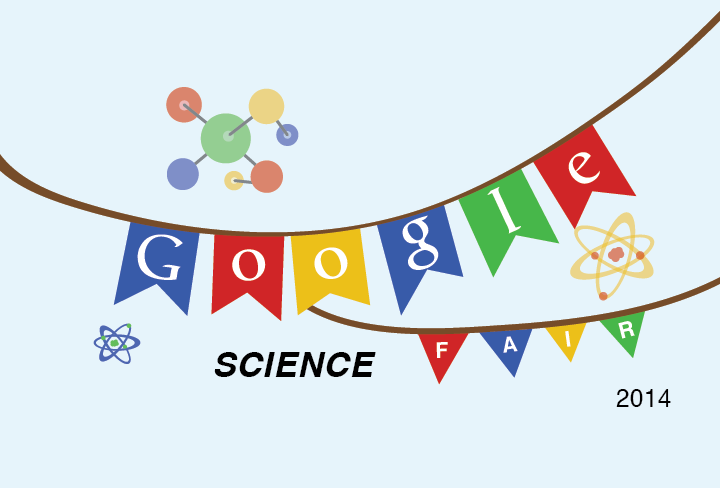Google’s Annual Science Fair though merely three years old, has been producing ambitious young scientists whose experiments are solving global problems. The grand prize for winning Google’s Science Fair, open to ages 13-18, includes a National Geographic Expedition, a behind-the-scenes visit to the Virgin Galactic Spaceport, a $50,000 Google scholarship, along with a $10,000 grant toward the winner’s school equipment or science laboratory. These young thinkers tackled agrarian problems, environmental issues, and even sought new ways for the speech-impaired to communicate.
Grand Prize Winner
Ciara Judge, Emer Hickey, and Sophie Healy-Thow, all only 16 years of age were able to use the naturally occurring symbiotic relationship between seeds and bacteria to yield a 70% increase in barley and oats. National Geographic reports that the germ for the experiment grew “in Emer Hickey’s own backyard” when she was gardening with her mother and noticed “nodules on one of their pea plants”. After bringing them back to school, her teacher revealed to the girls that the nodules were naturally occurring bacteria that helped protect them from rotting. They then were able to use the bacteria to inoculate barley and other related plants which dramatically increased crop yield.
The girls’ next scientific adventure includes finding the corresponding pairs of bacteria and plants to replicate this type of result for other crops and vegetables.
Category Winner for Ages 17-18
Another astounding experiment came from 18-year-old Hayley Todesco who used her knowledge acquired from her fifth grade science class to create a filtering system that could accelerate the breakdown of toxic waste. The young Canadian scientist devised a contraption that successfully breaks down naphthenic acid, the main toxic residue in oil sand tailings. Using inexpensive materials such as “aquarium sand, empty IV bags, and other materials…[she created an apparatus] that uses gravity to pull out sands waste through bags filled with sand topped with a film of bacteria”. Her experiment offers a small-scale glimpse of what could later function as a larger apparatus that successfully filters oil sand tailings.
Voter’s Choice Winner
16 year old Arsh Dilbagi from India, won the Voter’s Choice Award for inventing an Augmentative and Alternative Communication Device (AAC) designed for people that can’t speak.
The device is not only a cheaper alternative to similar gadgets but according, it increases the speaking rate by 300%. Through simple variations of the breath, the devices utilizes a micro-electrical mechanical system (MEMS) microphone that interprets “different breaths as either dashes or dots. The different breaths are interpreted as Morse Code, and then converted to words and sentences.”
These young prodigies are already making an impact on today’s worlds and offer an example of how young minds can seize technology and accomplish great feats. According to a report generated by Cisco for the years of 2012-2013, there is a projected demand for 8.65 million US STEM (Science, Technology, Engineering, Mathematics) workers by 2018. Greater government interest in science and mathematics took place during the cold war when the Soviet Union launched Sputnik in 1957.
What do you think it will take for American students to fall back in love with science? Start a discussion below!
Need help with your network? Let us share our networking expertise with you! Click on the offer below:


